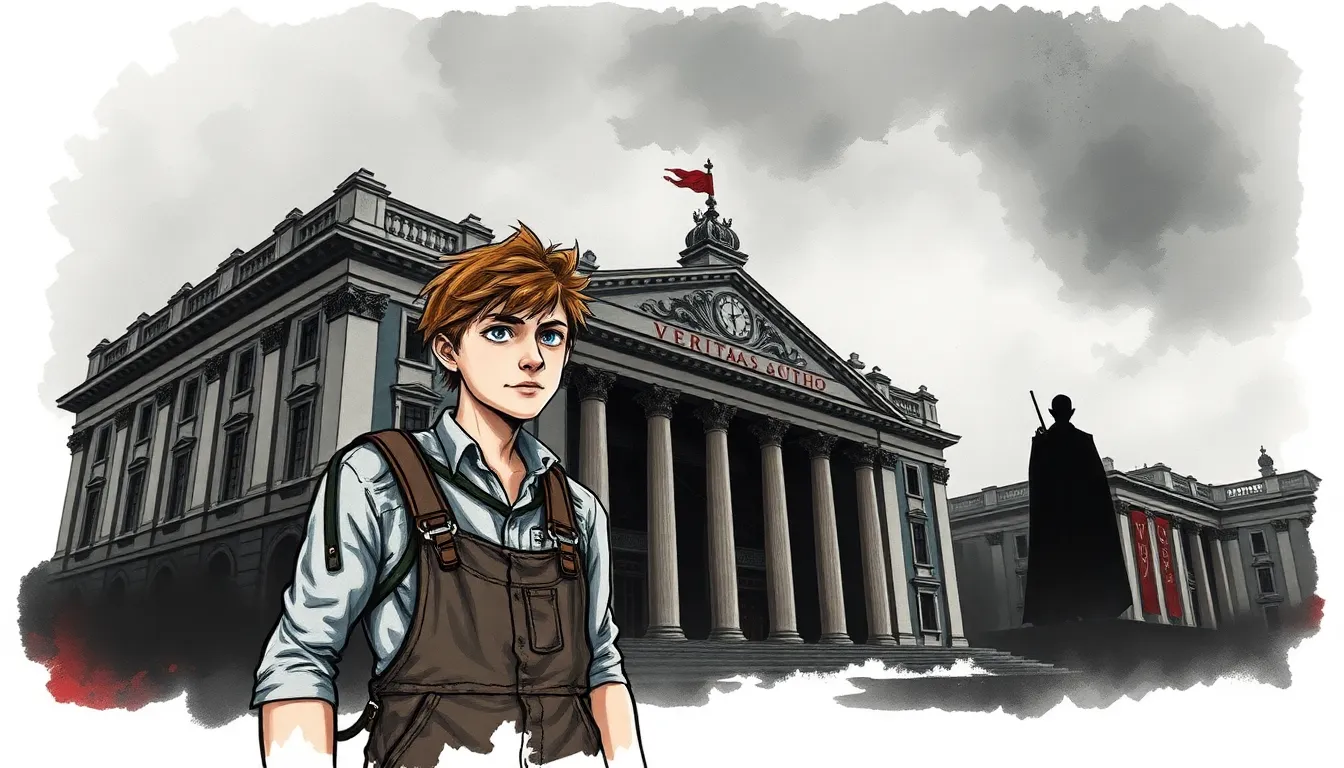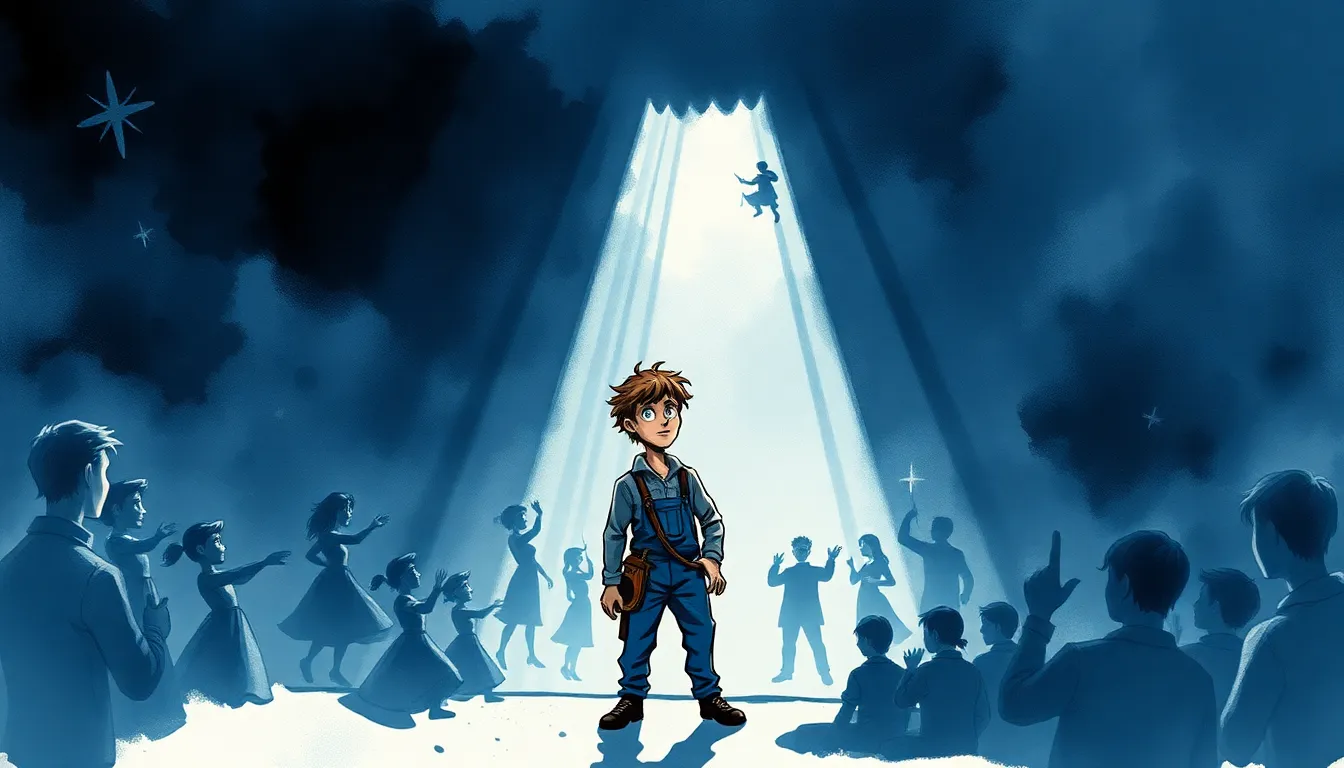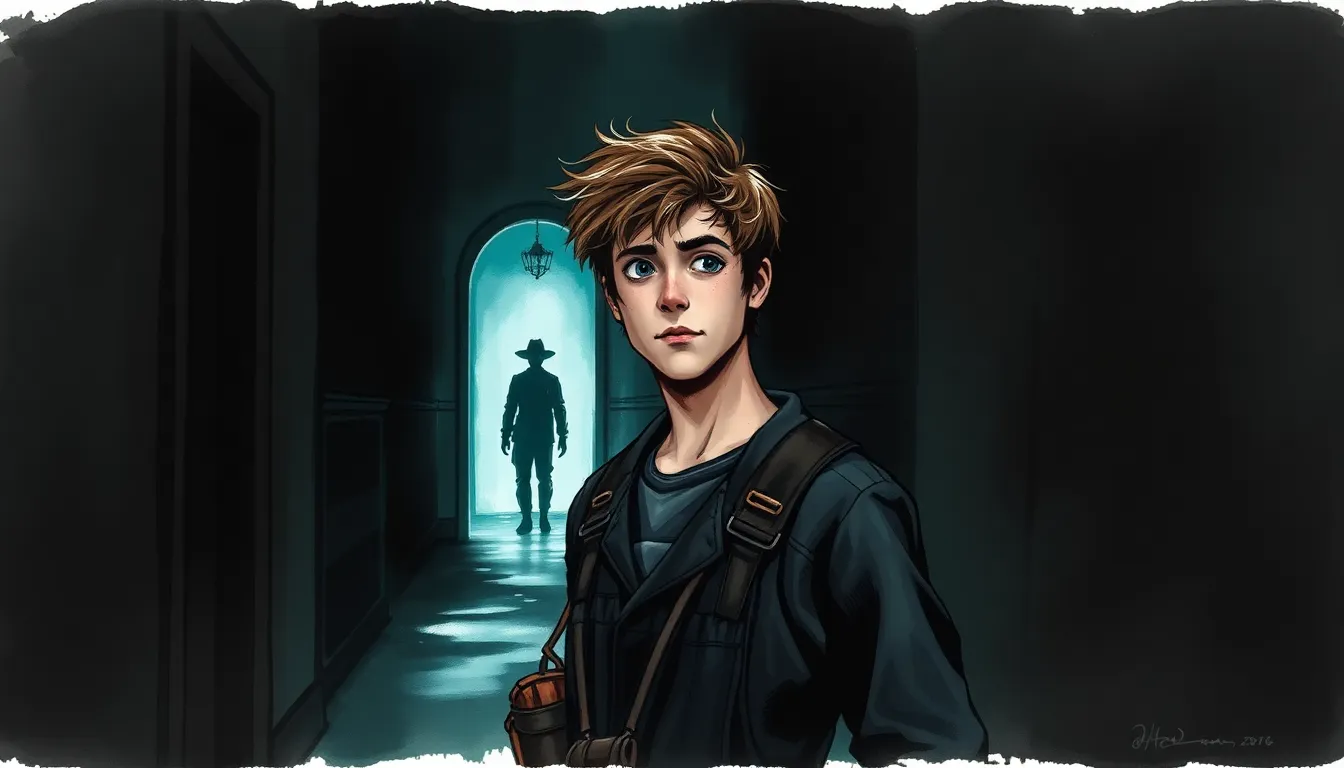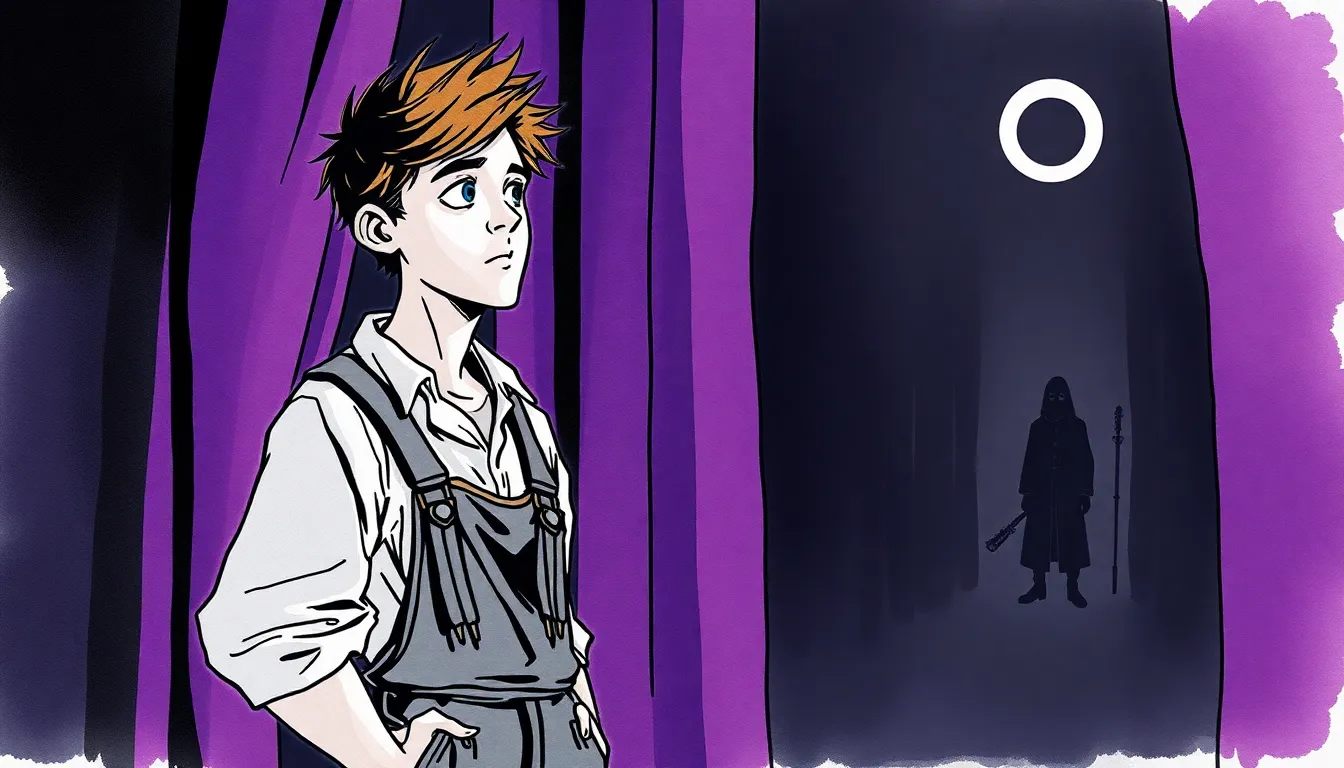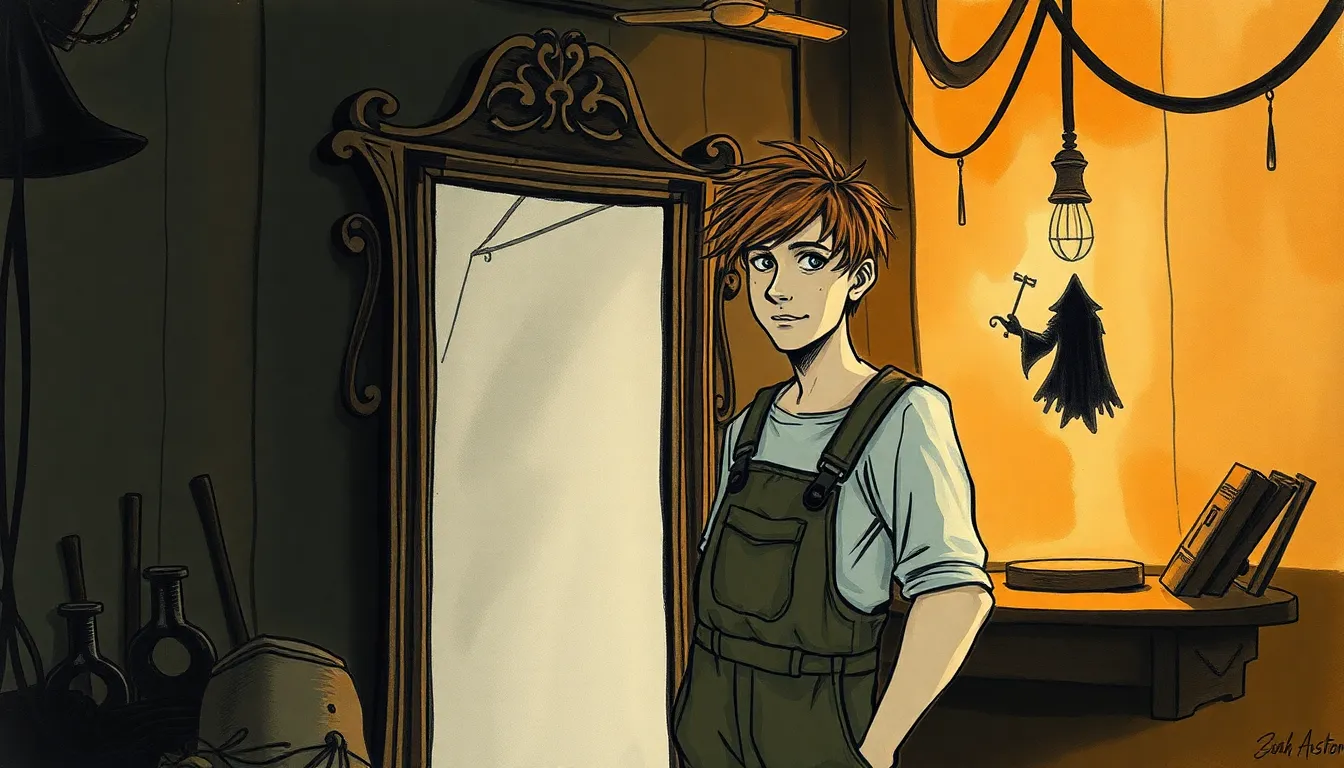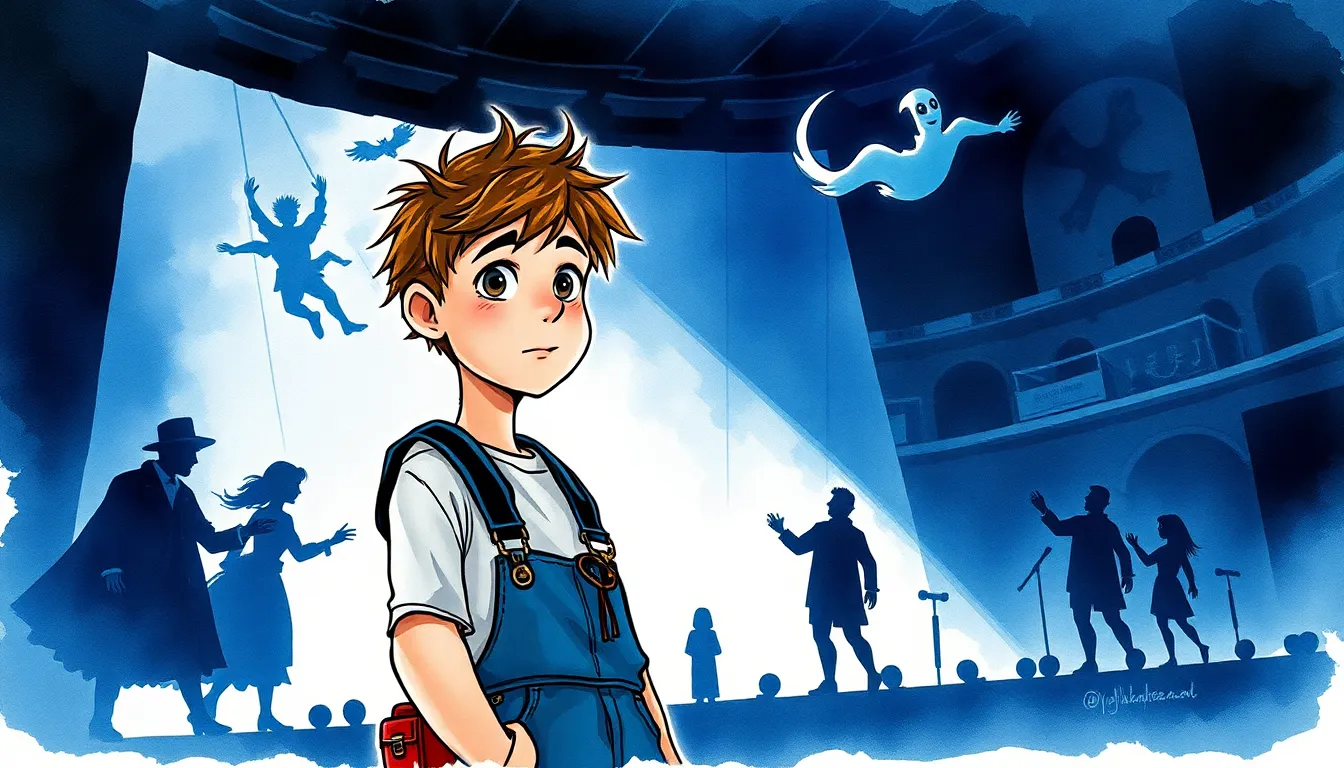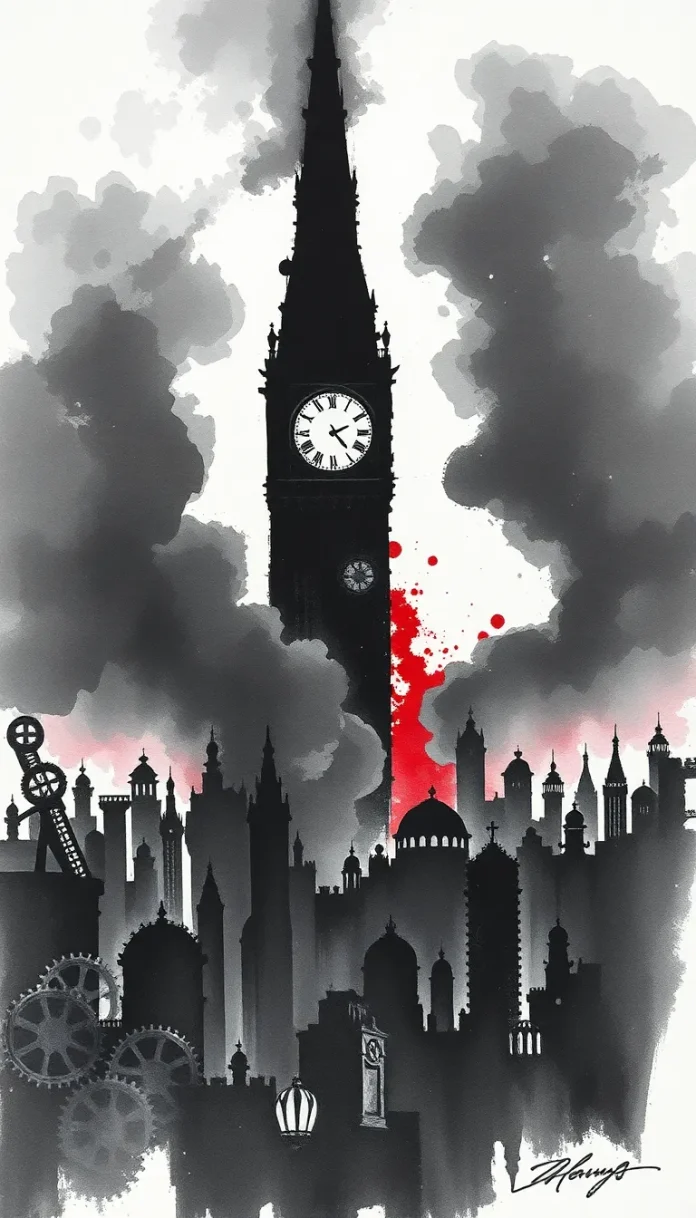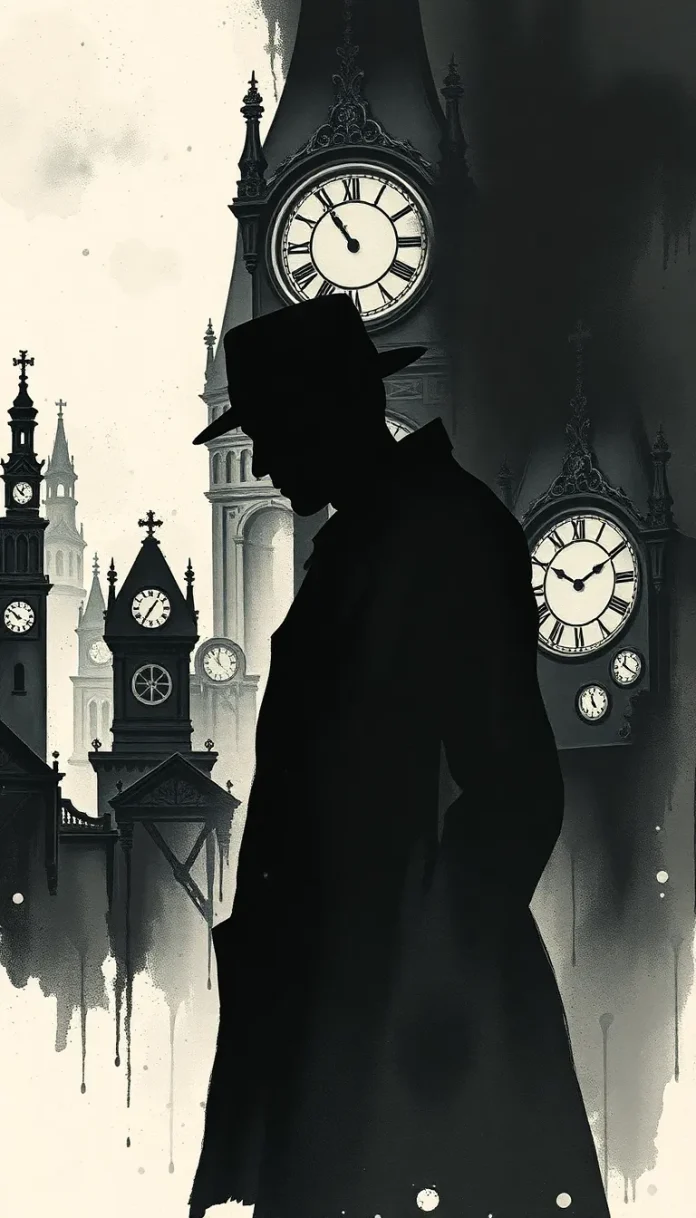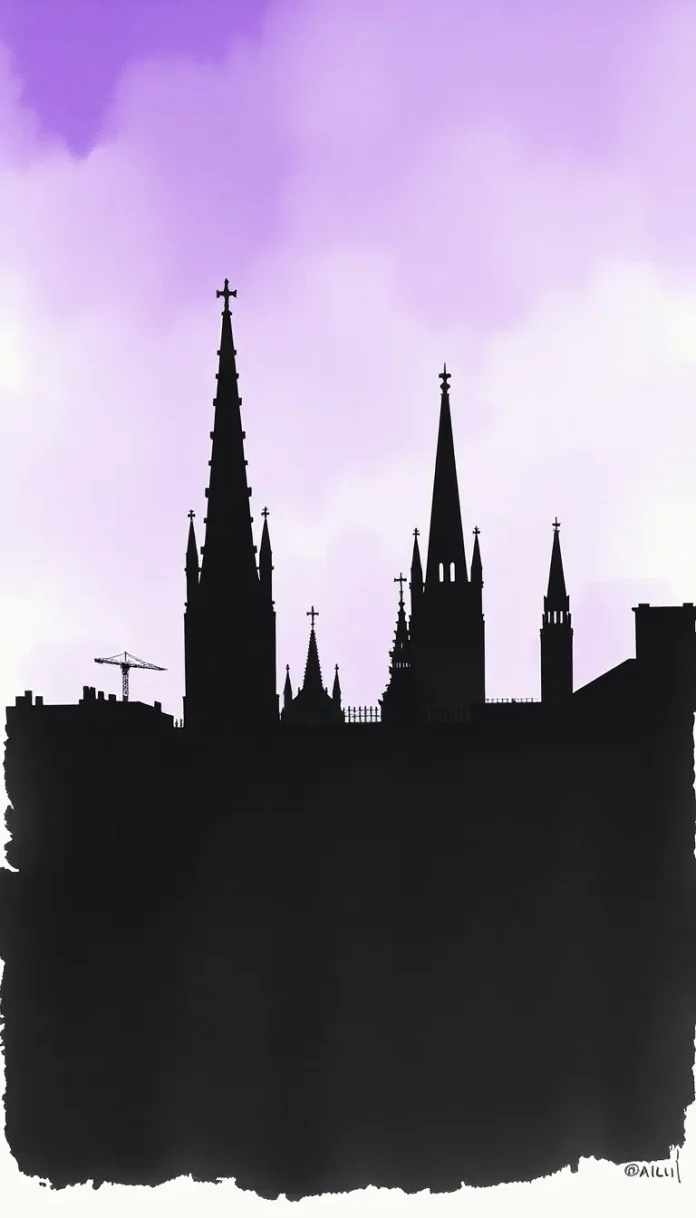The Opera House Beckons
The Opera House Beckons
In the twilight hour, the Veritas Opera House loomed as a monument of grandeur and mystery. Its high-arched windows and intricately carved façade whispered secrets of a time when art and enigma were one. The cool evening air carried hints of melancholy, and the echo of footsteps on worn cobblestones lent rhythm to a silent prelude. Inside, shadows danced along dark corridors while golden lamplight fought back the encroaching gloom. It was here that Thomas Tom Ashton, the stagehand, felt compelled by a stirring curiosity. The old theatre seemed to beckon him to delve deeper into its hidden recesses.
Thomas moved with a practical gait, his fair skin and messy brown hair catching stray shafts of light. His curious blue eyes flitted over every detail, each nuance of worn wallpaper and creaking wooden beams speaking volumes of forgotten lore. As he navigated the labyrinthine corridors, the echo of distant music grew faint yet persistent, as if the opera itself had summoned him. Even his normally diligent and helpful mien was now tinged with apprehension, for an indefinable presence loomed about the theatre. A spectral figure, known in murmured rumors as the Phantom Maestro s Shadow, was said to haunt the upper boxes and backstage realms, its mere suggestion stirring a fascination and dread alike.
Thus began a night of both beauty and trepidation where the old walls of the opera concealed more than just memories of a grand past. Within the interplay of light and darkness, art and mystery teetered on a precarious edge.
Shadows on the Stage
Shadows on the Stage
The heavy velvet curtains of the main stage were drawn back to reveal an intricately designed shadow puppet theater. Silhouetted figures performed tales of love and loss, their movements synchronized with the rhythm of a ghostly orchestra. The interplay of light and shadow formed a visual poem that transformed the performance into a realm where reality and illusion merged. Thomas Tom Ashton lingered near the wings of the stage, his eyes tracking the fluid motion of the puppets as if seeking a hidden meaning.
During a brief intermission, whispers among the backstage crew spoke of supernatural occurrences. A low hum, almost imperceptible, accompanied the falling of shadow and light. It was as if the puppets were not alone in their portrayal; an unseen force was orchestrating a spectral performance. Thomas felt drawn to the mystery and could not ignore his own internal conflict. His inquisitive nature battled with an instinctive fear of the inexplicable.
A voice, soft and crackling like old parchment, murmured in the darkness. Although no one was in sight, the call resonated deep within him. As the performance resumed, the puppets took on an eerie animation, their silhouettes merging with those hidden figures above. The stage was alive with secrets and strange shadows that hinted at a deeper play unfolding beyond the mere act of performance.
The Phantom Overture
The Phantom Overture
Behind the ornate proscenium arch in a dimly lit corridor, a mysterious music arose, almost imperceptible yet laden with hidden intent. Thomas Tom Ashton found himself caught beneath a cascade of murmured notes that seemed to echo from every shadowed corner of the opera. His every step on the creaking floorboards felt like an invitation to a secret spectacle awaiting revelation. Along the passageway, faded portraits and age-worn props watched silently, bearing witness to the unfolding enigma.
In a stirring moment when the orchestra struck a single, prolonged chord, a subtle movement flickered at the periphery of his vision. He turned sharply and beheld a shape at the far end of the corridor. The figure was less a form than an impression; a silhouette that defied precise definition. It was the legendary Phantom Maestro s Shadow whose presence was half suspected and half dreaded. The discord between the familiar—the stage, the puppet play—and the unknown manifested in every heartbeat and whispered footfall.
The echo of the music was at once both an orchestral prelude and a lament for lost dreams. Thomas’s internal conflict deepened as an unspoken dialogue commenced between his rational mind and the allure of the uncanny. Through his observant eyes, every detail of the spectral figure became a poignant question: who controlled the delicate marionettes of fate in this grand, haunted theater?
Curtains of Dread
Curtains of Dread
As the opera advanced into its second act, the lines between the tangible and the supernatural grew blurred. The stage became a canvas for dread, wherein every flicker of the candlelight seemed imbued with portent. Thomas Tom Ashton, now deeply absorbed in his investigation, followed a trail of subtle disturbances—misplaced props, inexplicable chills in empty corridors, and the resonant echoes of footsteps that were not his own.
Behind a heavy curtain, a clandestine meeting of shadows took place. The murmurs of assembled voices were drowned by the swell of an unseen symphony. Fear and fascination intertwined in Thomas s heart as his thoughts raced—was it mere human trickery or the onset of something far more sinister? He recalled whispered warnings from veteran crew members and retold legends of apparitions who once haunted this very stage during performances of passion and despair.
In a rare moment of solitude, the stagehand paused to examine a tarnished medallion of an opera past. Each engraving seemed alive under his fingers, as if the relic itself held a story too profound for ordinary sight. Uncertainty and resolve warred within him as he realized that the stage was no longer simply a backdrop for art; it was a living presence that might claim those who dared to unmask its secrets.
A Glimpse Beyond the Veil
A Glimpse Beyond the Veil
Emboldened by his growing determination yet haunted by a deep-seated apprehension, Thomas Tom Ashton ventured deeper into the inner sanctum of the opera house. Empty passageways and secret doors yielded old documents and faded choreographies that chronicled a bygone era where passion and rebellion danced together. With trembling hands, he pieced together fragments of narratives that were as mystifying as they were beautiful.
In an isolated chamber surrounded by ancient stage props, a mirror hung crookedly on the wall. It offered a distorted reflection of a reality that felt charged with metaphysical tension. There, in the quiet solitude, Thomas s mind was consumed by visions of ghostly performances where the line between puppet and puppeteer dissolved into a mosaic of vibrant dreams and shadowy fears.
The stagehand murmured to himself a pledge to uncover the truth behind the eerie legends that had shrouded this grand old theatre. Every step deeper into the labyrinth of past performances brought him closer to a revelation that defied logic. It was as if the opera house itself was speaking to him through silence and spectral forms, urging him to witness the enigma that lay beyond the veil of ordinary sight.
The Dance of Puppets
The Dance of Puppets
The atmosphere in the Veritas Opera House had begun to shift as if possessed by a will of its own. The shadow puppets now moved with eerie autonomy, their silhouettes merging with the flickering projections that danced across the stage. At this juncture, Thomas Tom Ashton could no longer dismiss the profound interplay of artistic expression and supernatural intervention. It was as if each puppet, once controlled by skilled hands, now wove a narrative of its own—a narrative that resonated with the ancient call of destiny.
In the midst of the enthralling performance, a confrontation with the inexplicable was inevitable. Thomas encountered the sensation of chains and strings tugging at the fabric of his reality. With each step, he felt the distant echo of orchestral dissonance and the weight of unseen eyes observing his every move. The puppets, with their grotesque and exaggerated forms, manifested the collective memories of countless performances, and their dance took on a life force that defied mortal confines.
During a fleeting moment, the stagehand exchanged a few hushed words with a fellow caretaker. Their conversation, laced with uncertainty and a shared yearning for truth, hinted at the presence of a master behind the scenes. That master was none other than the elusive Phantom Maestro s Shadow whose enigmatic influence was now evident in every unnatural quiver of the marionettes.
The Final Act
The Final Act
In the dramatic culmination of his quest, Thomas Tom Ashton found himself at the nexus of art and the supernatural. The final act of the opera unfolded with an intensity that defied the conventions of mere performance. The stage quivered under the combined force of human passion and spectral command, as if the entire edifice of the Veritas Opera House were alive with supernatural zeal. Thomas, burdened yet emboldened by the weight of his discoveries, prepared to confront the elusive force that had orchestrated these uncanny happenings.
Under the shroud of an impenetrable darkness, amidst the interplay of swiftly shifting shadows, the Phantom Maestro s Shadow emerged with unmistakable authority. The air thickened with a palpable tension as Thomas stepped onto the stage. With a trembling resolve, he addressed the presence: ‘Reveal your truth that art has taken hold of life.’ There was a moment of silence as if the theatre itself held its breath, and then, like a fading note, the phantom figure began to dissipate into the ether.
In that singular, transformative instance, it became evident that art was not merely performed but was the medium through which lives and destinies were intermingled. The curtains fell; the stage was empty, and yet the echoes of the final act remained. For in the interplay of light and shadow, art had blurred the line between worlds, leaving behind a legacy of mystery and profound introspection.
